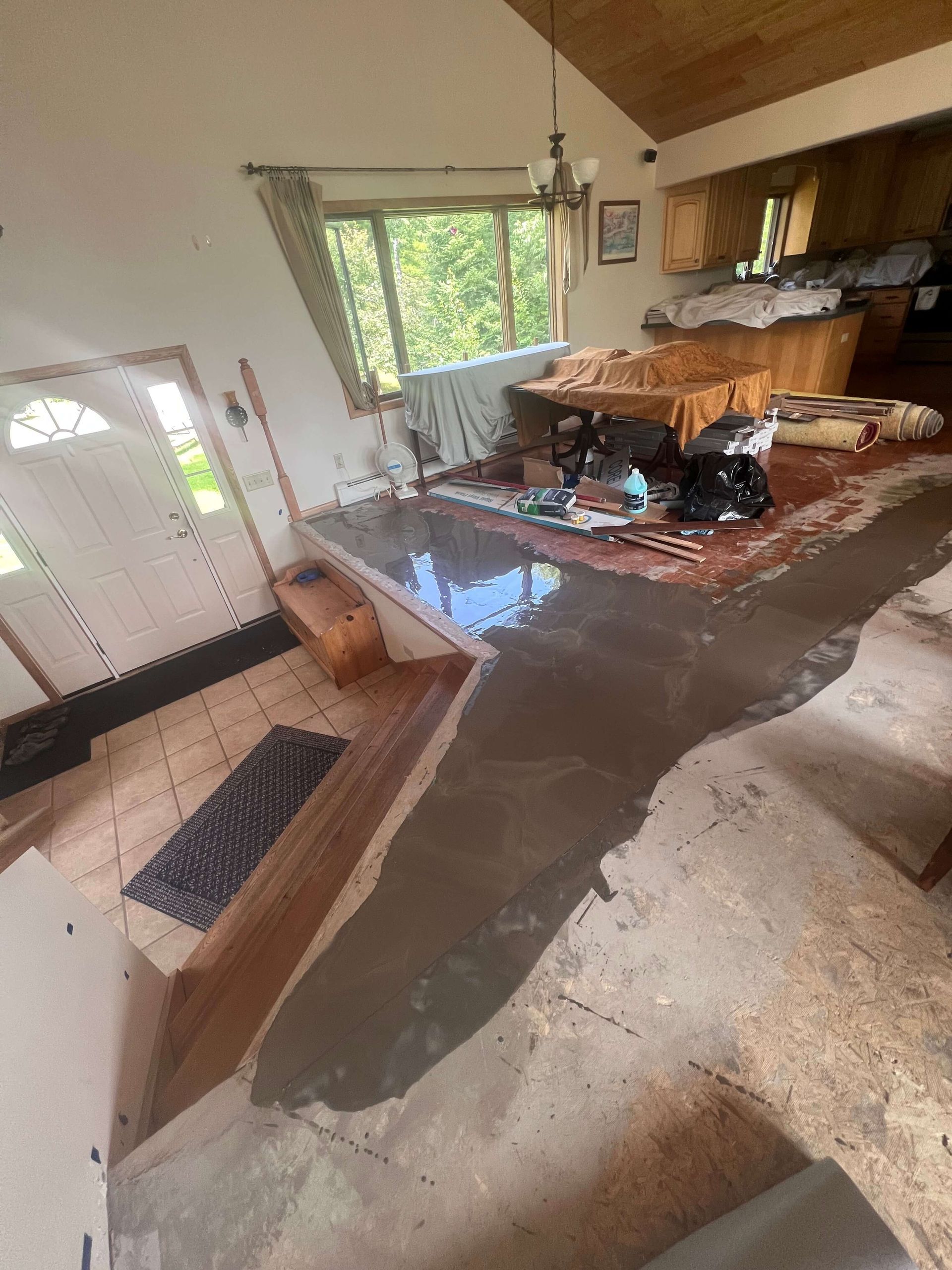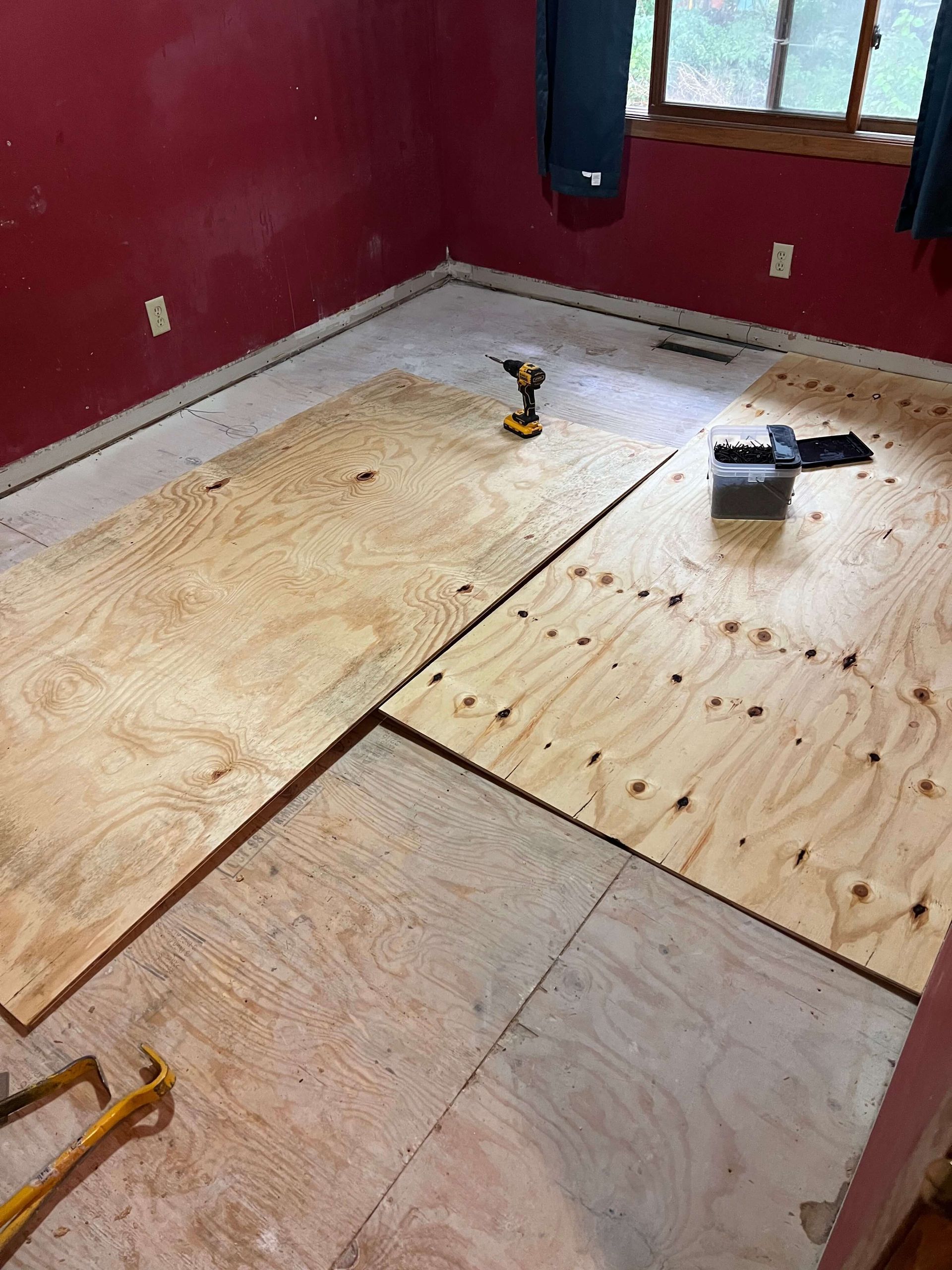License #
IR 785391
Insured


📞 Call us today for a free estimate: 612-636-7766
📧 Email us: myprofloors@gmail.com
🌎 Serving Twin Cities and surrounding areas
Let Pro Floors bring your floors back to life!
Subfloor leveling is crucial for ensuring a smooth and stable surface before installing flooring materials like hardwood, laminate, or vinyl planks. Here are some key points about subfloor leveling:
- Importance: Leveling the subfloor is essential to prevent issues such as uneven flooring, squeaks, gaps, or premature wear and tear on the new flooring.
- Types of Subfloor: The type of subfloor you have (e.g., plywood, concrete) will determine the methods used for leveling. Plywood subfloors may require shimming or sanding, while concrete subfloors may need self-leveling compounds.
- Professional Assessment: It's often best to have a professional flooring contractor assess your subfloor before starting any leveling work. They can identify any underlying issues and recommend the most suitable leveling techniques.
- Materials and Techniques: Depending on the subfloor's condition, leveling may involve using leveling compounds, shims, or floor patching materials. Self-leveling compounds are popular for concrete subfloors as they create a smooth and even surface.
- Precision: Subfloor leveling requires precision to ensure that the entire floor surface is uniformly leveled. Even minor inconsistencies can affect the final appearance and performance of the new flooring.
- DIY vs. Professional: While some homeowners may attempt DIY subfloor leveling near me , it's often challenging and time-consuming, especially for larger areas or complex subfloor issues. Hiring a professional ensures quality work and saves time and effort.
If you're considering subfloor leveling, it's a good idea to consult with experienced flooring professionals who can assess your specific situation and recommend the best approach for achieving a level and stable subfloor.
When searching for "flooring fixer near me," you'll find that we specialize in providing top-notch flooring solutions that meet the diverse needs of homeowners in the area
Browse Our Website
Contact Information
Pro Floors Inc
Address: 13946 Palm St NW Andover, MN 55304
Phone: 612-636-7766
Email: myprofloors@gmail.com
Hours Of Operation:
- Mon - Fri
- -
- Sat - Sun
- -
Our Location
Service Area: